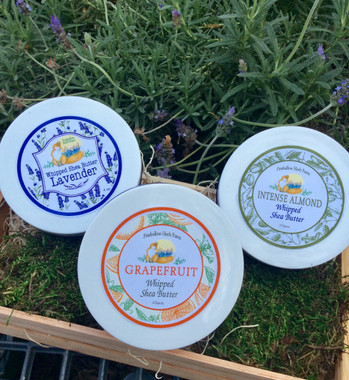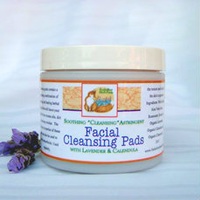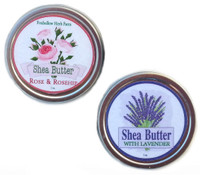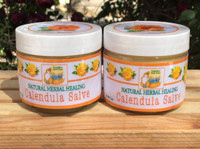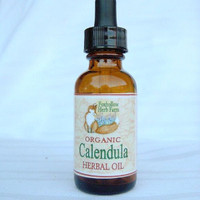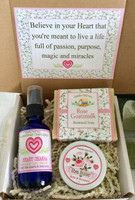Shea Butter on the Skin; the Benefits
The following are at least ten ways Shea butter can benefit your skin. Remember that it’s safe to use raw Shea butter on the skin and face.
- It’s a moisturizing agent
Shea butter’s excellent moisturizing qualities are attributed to its fatty acid content, including palmitic acid, stearic acid, linoleic acid, and oleic acid. When you apply Shea butter on the skin, these oils are rapidly absorbed and act as a refatting agent within the skin. Refatting agents restore lipids and create moisture.
- It’s an antioxidant
Shea butter is rich in vitamins A and E, which are some of the best antioxidants. Antioxidants work by protecting your skin (and body) from free radicals associated with premature aging, dull-looking skin, and other health issues. This makes Shea butter an excellent choice for anti-aging.
- Anti-inflammatory properties
Shea butter also has anti-inflammatory properties, making it an excellent solution for skin irritations caused by environmental factors such as dry weather and inflammatory skin conditions such as acne and eczema. When applied to the skin, it triggers the release of cytokines and other inflammatory cells to slow their production.
Antibacterial properties
Studies show that oral doses of Shea butter on the skin can decrease antimicrobial activity in animals. Of course, further research is needed to determine the truth in this claim. However, people who’ve used topical applications of the product say it decreases the severity of acne – a bacterial infection.
- Anti-fungal properties
Further research is needed here too. However, preliminary findings show that Shea butter can help the skin fight fungal infections. For instance, some people have successfully used the product to treat ringworms and athlete’s foot. Shea butter kills the fungi by obliterating the spores.
- Shea butter for cell regeneration
Your body constantly generates new skin cells while getting rid of dead skin cells. Indeed, studies show that the average human gets rid of up to 40,000 old skin cells each day. New skin cells are needed to replace the dead ones. Shea butter’s moisturizing and antioxidant qualities mean it can help with the generation of new skin cells.
- Shea butter for collagen production
Shea butter contains triterpenes, a naturally occurring chemical compound that deactivates collagen fiber destruction. As such, it can promote wound healing and general healing of skin injuries. Some studies also show that triterpenes also induce cell migration, cell proliferation, and collagen deposition. All these processes can boost skin health.
- It can prevent acne
Shea butter is rich in different fatty acids, which makes it an option for clearing excess skin oil (sebum). Additionally, the product restores moisture to the skin and has been shown to help lock moisture inside the epidermis so that the skin doesn’t dry out or feel stripped of oil.
- Shea butter for wrinkling
The collagen-preservation qualities of Shea butter mean it can also slow down aging-related symptoms such as wrinkles and fine wrinkles. Studies show that it also reduces the appearance of fine wrinkles by boosting collagen production and promoting cell regeneration.
- Shea butter for stretch marks
Finally, Shea butter can help reduce the appearance of stretch marks. Unrefined Shea butter contains plenty of vitamins A and E, which are key ingredients in collagen production and skin elasticity. An easy way to diminish the appearance of stretch marks and scars is to rub unrefined Shea butter on the skin area twice a day.
 Loading... Please wait...
Loading... Please wait...


